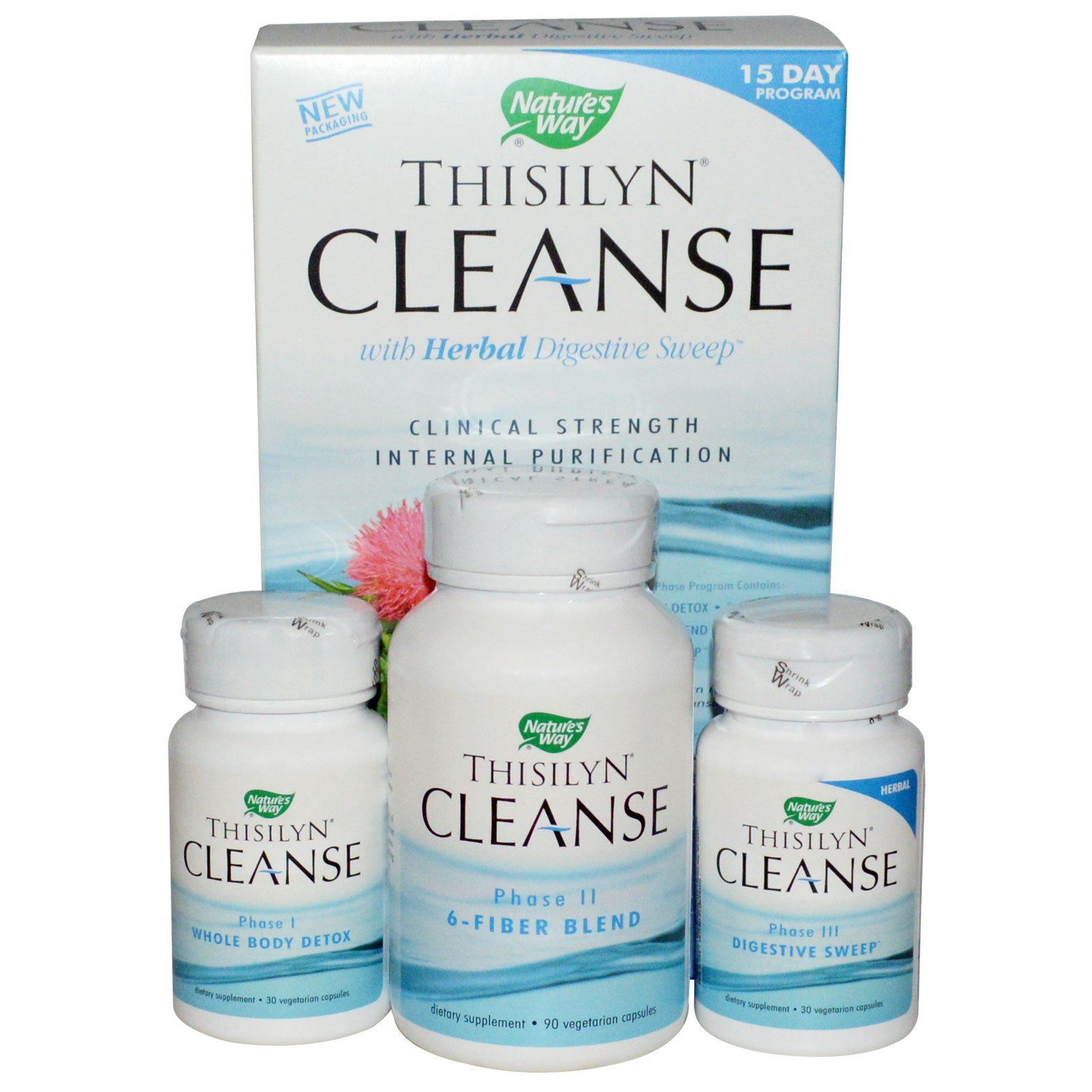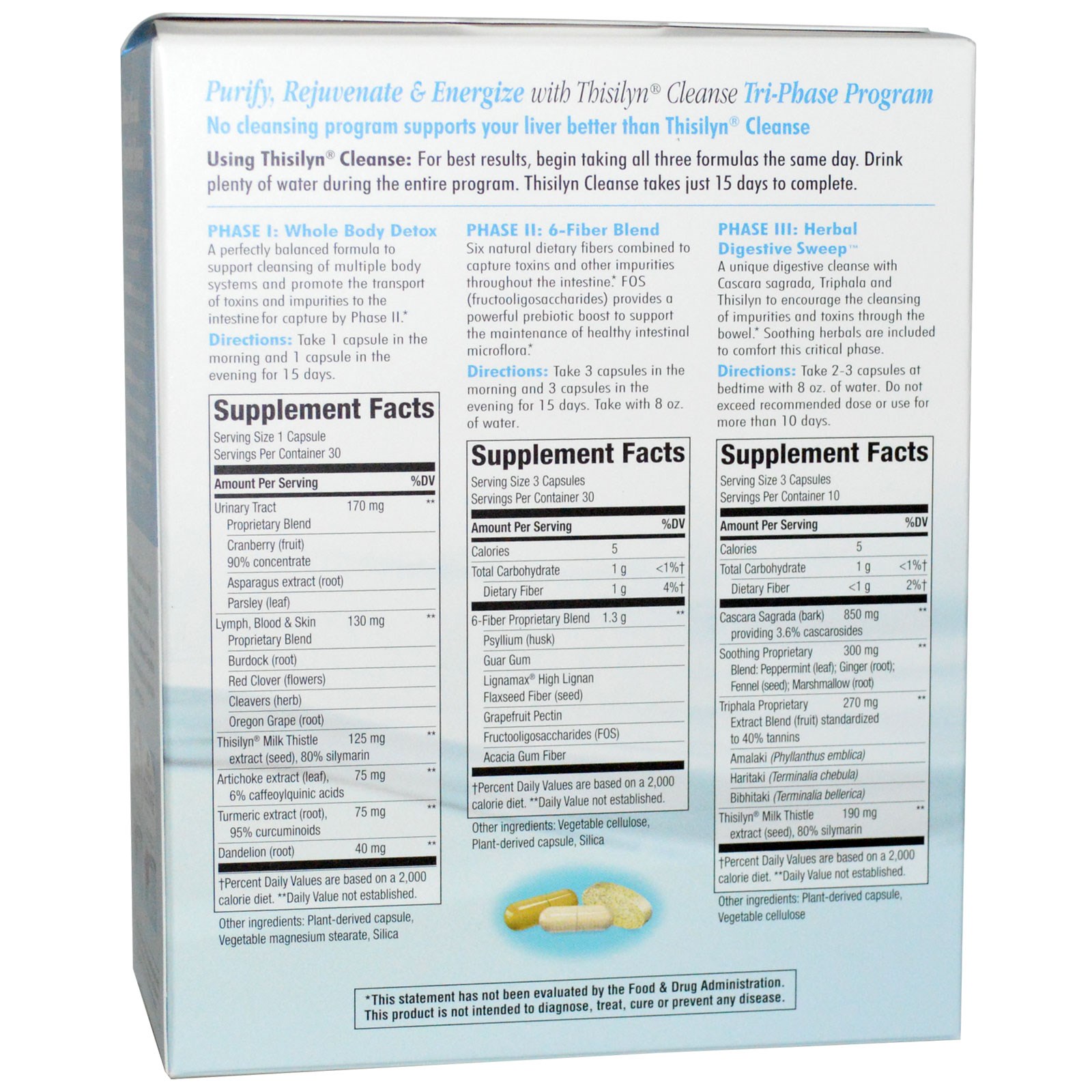| Cranberry | Nutritional Value of Cranberry Juice: Cranberry juice is rich in antioxidants, vitamin C and salicylic acid. By containing only 45 calories per cup, cranberry juice fits very well within the dietary guidelines. Cranberry juice also contains 87.13 g water per 100 g. It also provides energy, protein and carbohydrates. In terms of minerals, it contains calcium, magnesium, iron, phosphorus, sodium, potassium and zinc. It also contains vitamins like thiamine, riboflavin, niacin, vitamin B-6, E (alpha tocopherol) and vitamin K (phylloquinone). Cranberries are members of the Ericaceae family, and is native to North America. |
|---|
| Asparagus extract (root) | A number of studies indicate that asparagus extract may help reduce levels of harmful blood fats that contribute to heart disease |
|---|
| Parsley | May Boost Energy and Libido |
|---|
| Burdock | Burdock is a plant. The root is sometimes used as food. The root, leaf, and seed are used to make medicine. |
|---|
| Red Clover | Red clover contains “isoflavones” which are changed in the body to “phytoestrogens” that are similar to the hormone estrogen. |
|---|
| Galium aparine | Cleavers (herb) |
|---|
| Oregon Grape | The chemicals in Oregon grape might help fight bacterial and fungal infections. |
|---|
| Thisilyn Milk Thistle extract (seed) | Milk thistle is used most often for liver disorders, including liver damage caused by chemicals, Amanita phalloides mushroom poisoning, jaundice, chronic inflammatory liver disease, cirrhosis of the liver, and chronic hepatitis. |
|---|
| Slymarin | |
|---|
| Artichoke extract (leaf) | Artichoke is used to stimulate the flow of bile from the liver, and this is thought to help reduce the symptoms of heartburn and alcohol “hangover.” |
|---|
| Caffeoylquinic acids | Chlorogenic acid is a phytochemical found in coffee and green coffee beans. It has been touted as being able to reduce blood sugar levels and potentially exert an anti-diabetic effect. It has also been implicated in weight loss and exerting an anti-obesity effect, but that is insofar correlation and not necessarily due to chlorogenic acid. |
|---|
| Turmeric extract (root) | Research has proven these curcuminoids exert powerful health-promoting effects via 160 mechanisms and pathways in the body such as antioxidant, neuroprotective, immunomodulatory, anti-inflammatory, epigenetic, and adaptogenic properties. |
|---|
| Dandelion (root) | Dandelion is a very rich source of beta-carotene which we convert into vitamin A. This flowering plant is also rich in vitamin C, fiber, potassium, iron, calcium, magnesium, zinc, and phosphorus. |
|---|
| Sodium | Is an element that the body needs to work properly. |
|---|
| Psyllium (husk) | Used for intestinal health |
|---|
| Guar Gum | Guar gum is used as a laxative. It is also used for treating diarrhea, irritable bowel syndrome (IBS), obesity, and diabetes; for reducing cholesterol; and for preventing “hardening of the arteries” (atherosclerosis). |
|---|
| Lignanmax High Lignan Flaxseed Fiber (seed) | Lignans, which have both plant estrogen and antioxidant qualities. Flaxseed contains 75 to 800 times more lignans than other plant foods. |
|---|
| Grapefruit Pectin | Grapefruit pectin is a type of soluble fiber found in the citrus fruit that may be taken as a supplement. |
|---|
| Fructooligosaccharides (FOS) | Fructo-oligosaccharides are used for constipation, traveler’s diarrhea, and high cholesterol levels. |
|---|
| Gum Arabic | Acacia Gum Fiber |
|---|
| Cascara Sagrada (bark) providing | Cascara used to be approved by the federal Food and Drug Administration (FDA) as an over-the-counter (OTC) drug for constipation. |
|---|
| Peppermint (leaf) | Peppermint oil seems to reduce spasms in the digestive tract. |
|---|
| Ginger (root) | Ginger is a herb that is used as a spice and also for its therapeutic qualities. |
|---|
| Fennel (seed) | Fennel might relax the colon and decrease respiratory tract secretions. |
|---|
| Marshmallow (root) | Magnesium is an element your body needs to function normally. Magnesium oxide may be used for different reasons. Some people use it as an antacid to relieve heartburn, sour stomach, or acid indigestion. Magnesium oxide also may be used as a laxative for short-term, rapid emptying of the bowel (before surgery, for example). It should not be used repeatedly. Magnesium oxide also is used as a dietary supplement when the amount of magnesium in the diet is not enough. Magnesium oxide is available without a prescription. |
|---|
| Triphala Proprietary Extract Blend (fruit) standardized | Is taken by mouth for high cholesterol, “hardening of the arteries” (atherosclerosis), diabetes, pain and swelling of the pancreas (pancreatitis), cancer,upset stomach, eye problems, joint pain, diarrhea, bloody diarrhea (dysentery),osteoarthritis, obesity, and “organ restoration.” It is also used to kill germs and reduce pain and swelling caused by the body’s reaction to injury or illness (inflammation). |
|---|
| Amalaki (Phyllanthus emblica) | Amla fruit to use in treatments as medicine. |
|---|
| Haritaki (Terminalia chebula) | Is taken by mouth for high cholesterol, “hardening of the arteries” (atherosclerosis), diabetes, pain and swelling of the pancreas (pancreatitis), cancer,upset stomach, eye problems, joint pain, diarrhea, bloody diarrhea (dysentery),osteoarthritis, obesity, and “organ restoration.” It is also used to kill germs and reduce pain and swelling caused by the body’s reaction to injury or illness (inflammation). |
|---|
| Bibhitaki (Terminalia bellerica) | In traditional Ayurvedic medicine, Arjuna bark has been used to balance the three “humors”: kapha, pitta, and vata. It has also been used for asthma, bile duct disorders, scorpion stings, and poisonings. |
|---|
| Thisilyn Milk Thistle extract (seed) | Milk thistle is used most often for liver disorders, including liver damage caused by chemicals, Amanita phalloides mushroom poisoning, jaundice, chronic inflammatory liver disease, cirrhosis of the liver, and chronic hepatitis. |
|---|
| Plant-derived capsule | Hydroxyethylcellulose is a plant-derived amino acid used as a preservative, emulsifier, binder and thickener in beauty products. It’s a water-soluble polymer that provides colloid protection and can be thickened or thinned to be used in a variety of products. It is not beneficial in itself to the skin, but is a widely used ingredient because of its ability to serve many purposes (Source). |
|---|
| Vegetable magnesium stearate | Magnesium stearate is used in dietary supplements because your body can easily convert it into monounsaturated fat–of the kind found in olive oil—and it does not raise levels of harmful cholesterol in your bloodstream, says WorldwideHealth.com. |
|---|
| Silica | Increasing bone mineral density when obtained from foods. |
|---|
| Plant-derived capsule | Hydroxyethylcellulose is a plant-derived amino acid used as a preservative, emulsifier, binder and thickener in beauty products. It’s a water-soluble polymer that provides colloid protection and can be thickened or thinned to be used in a variety of products. It is not beneficial in itself to the skin, but is a widely used ingredient because of its ability to serve many purposes (Source). |
|---|
| Vegetable cellulose | Even though the structures of cellulose and starch are very similar, you can digest starch, but not cellulose, because humans don’t produce the enzyme necessary for cellulose digestion — though many species of bacteria do. When you consume cellulose, it passes through your stomach and small intestine unscathed, and is eventually broken down by bacteria in the large intestine. They produce gases as a byproduct of cellulose digestion, which is why high-fiber foods can sometimes cause bloating. |
|---|
| Silica | Increasing bone mineral density when obtained from foods. |
|---|
| Plant-derived capsule | Hydroxyethylcellulose is a plant-derived amino acid used as a preservative, emulsifier, binder and thickener in beauty products. It’s a water-soluble polymer that provides colloid protection and can be thickened or thinned to be used in a variety of products. It is not beneficial in itself to the skin, but is a widely used ingredient because of its ability to serve many purposes (Source). |
|---|
| Vegetable cellulose | Even though the structures of cellulose and starch are very similar, you can digest starch, but not cellulose, because humans don’t produce the enzyme necessary for cellulose digestion — though many species of bacteria do. When you consume cellulose, it passes through your stomach and small intestine unscathed, and is eventually broken down by bacteria in the large intestine. They produce gases as a byproduct of cellulose digestion, which is why high-fiber foods can sometimes cause bloating. |
|---|



Reviews
There are no reviews yet.